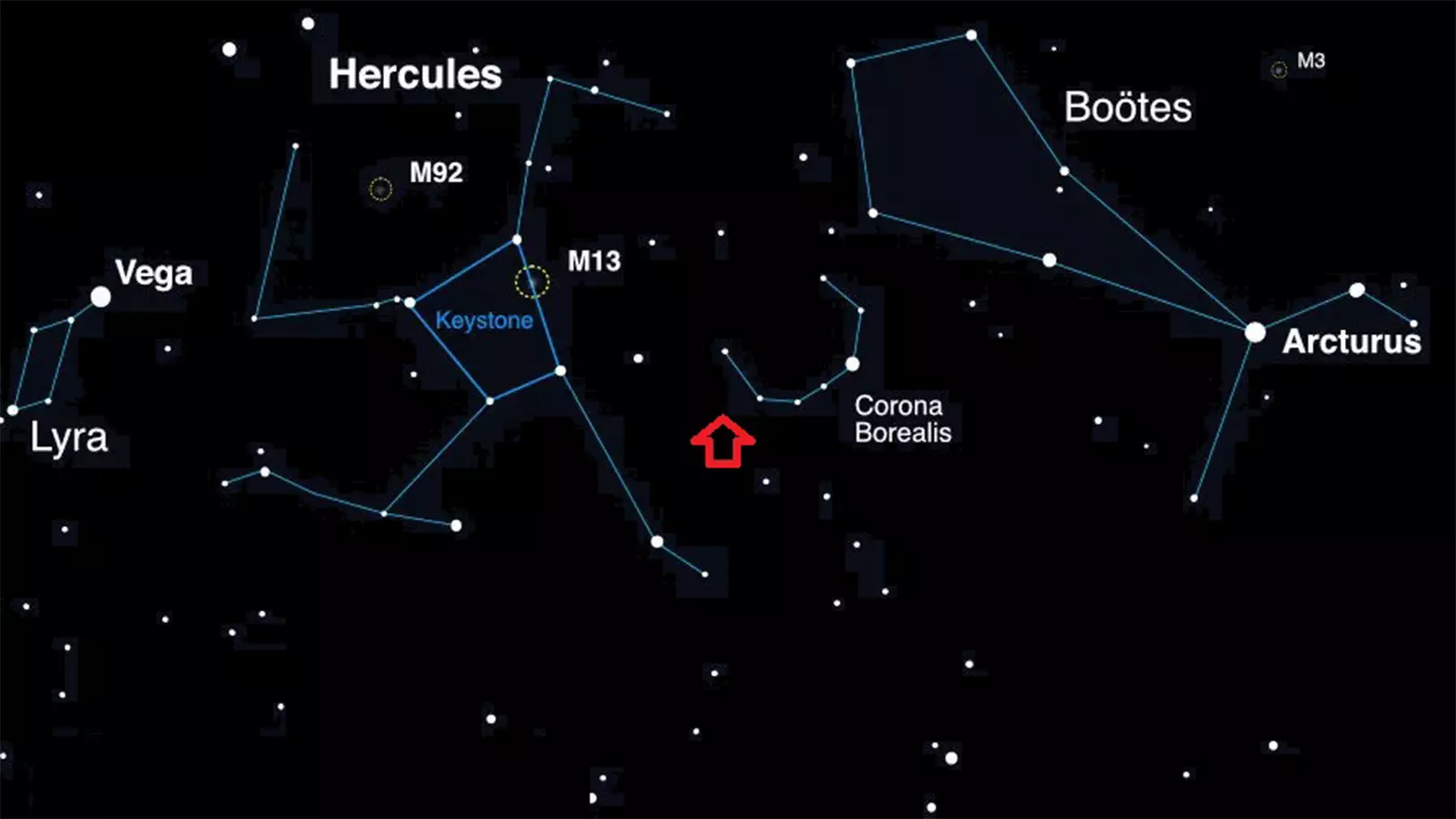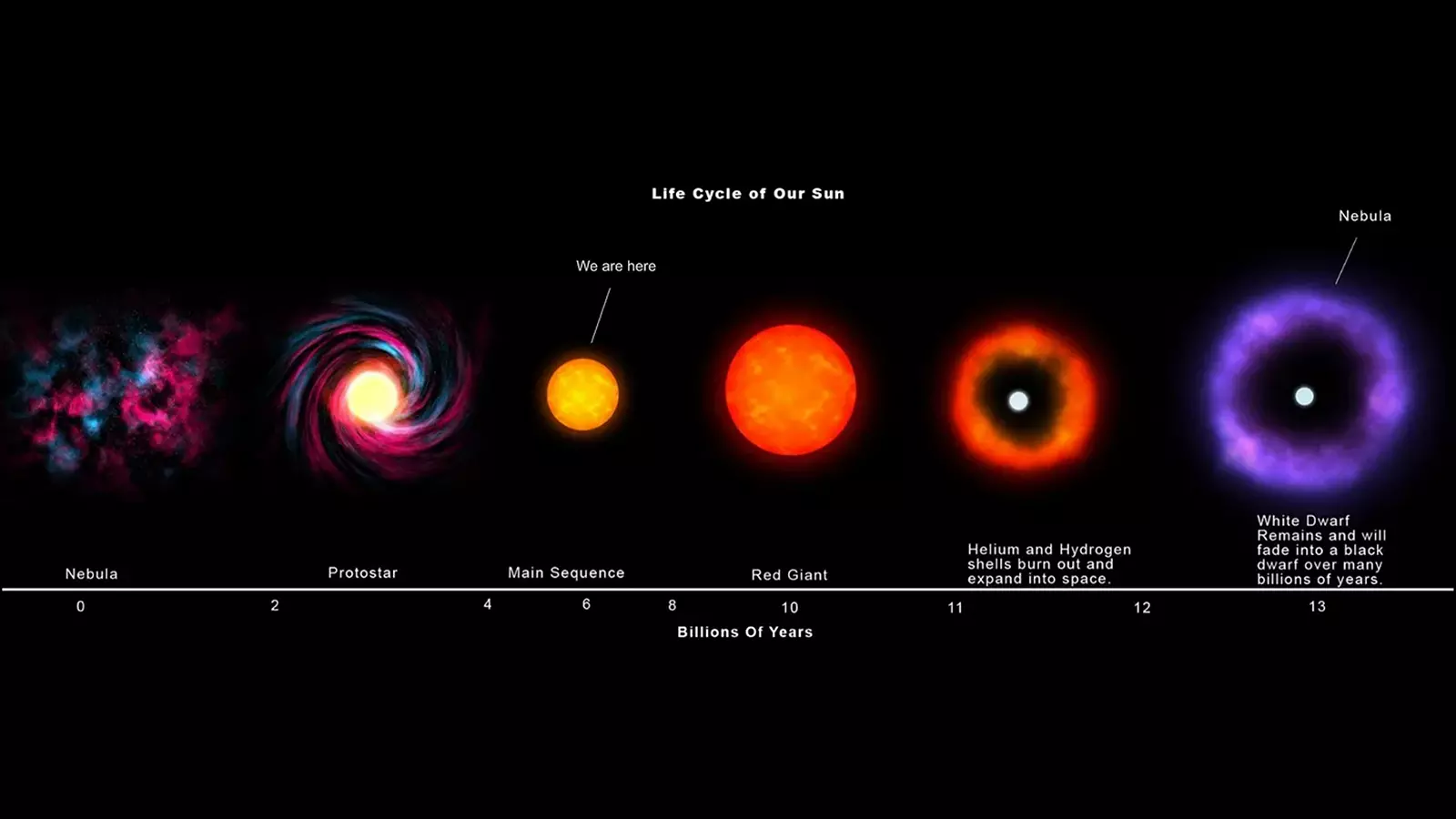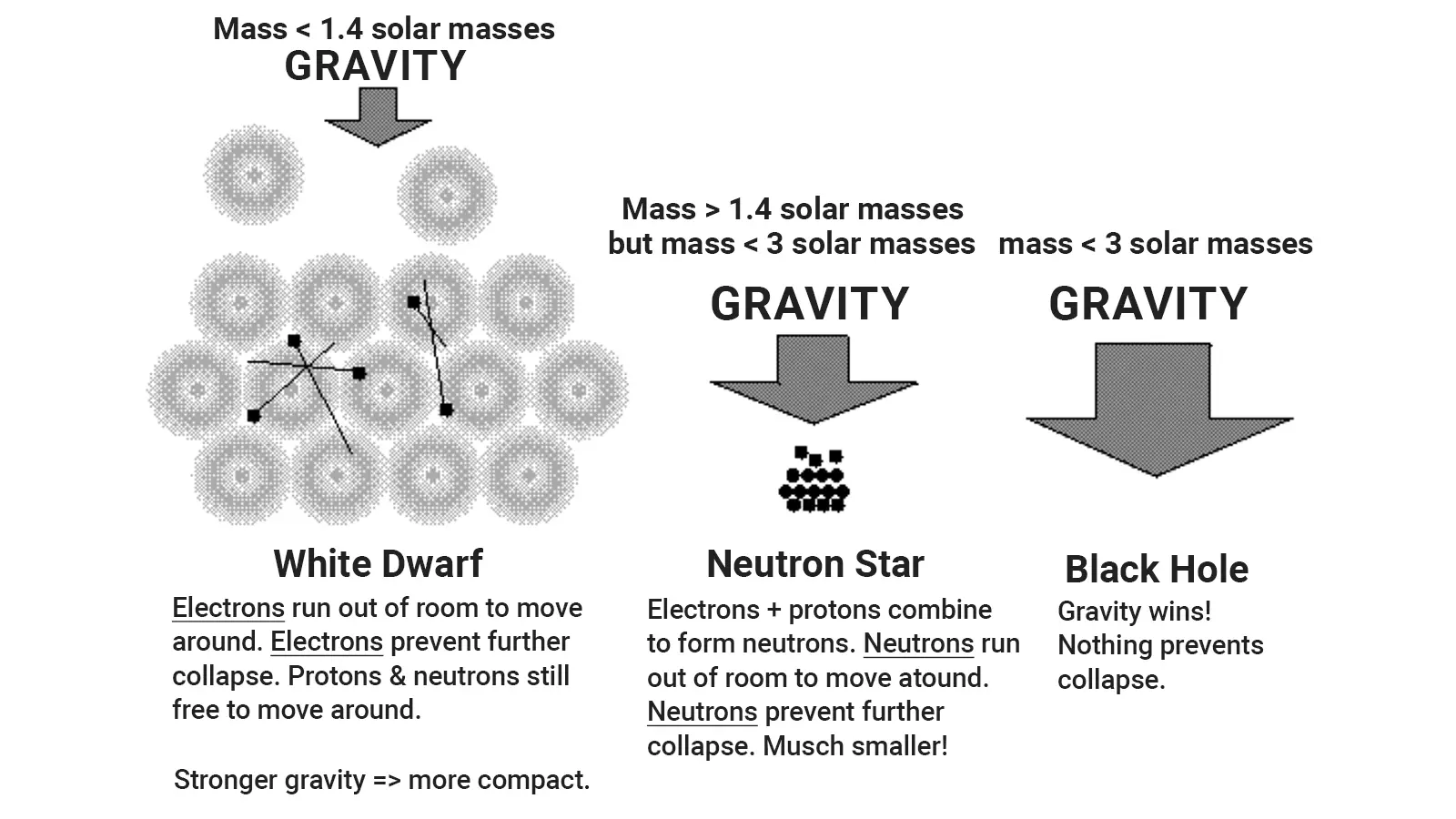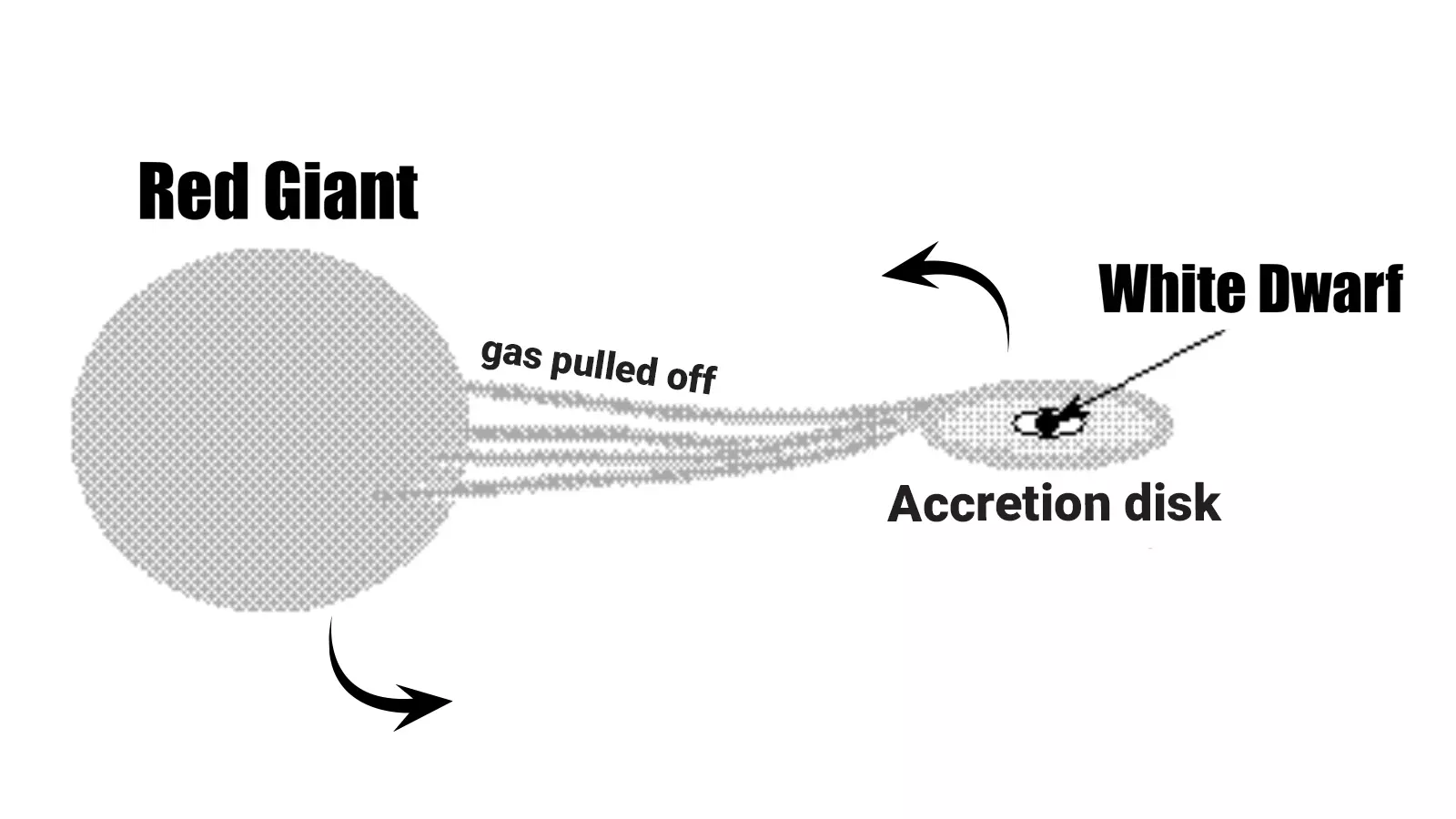
- Home
- India
- World
- Premium
- THE FEDERAL SPECIAL
- Analysis
- States
- Perspective
- Videos
- Sports
- Education
- Entertainment
- Elections
- Features
- Health
- Business
- Series
- In memoriam: Sheikh Mujibur Rahman
- Bishnoi's Men
- NEET TANGLE
- Economy Series
- Earth Day
- Kashmir’s Frozen Turbulence
- India@75
- The legend of Ramjanmabhoomi
- Liberalisation@30
- How to tame a dragon
- Celebrating biodiversity
- Farm Matters
- 50 days of solitude
- Bringing Migrants Home
- Budget 2020
- Jharkhand Votes
- The Federal Investigates
- The Federal Impact
- Vanishing Sand
- Gandhi @ 150
- Andhra Today
- Field report
- Operation Gulmarg
- Pandemic @1 Mn in India
- The Federal Year-End
- The Zero Year
- Science
- Brand studio
- Newsletter
- Elections 2024
- Events
A star is all set to explode: Why astronomers are eagerly waiting

A rare celestial show with profound implications for our understanding of the universe is in the offing.Between now and September, T Coronae Borealis (T CrB), nicknamed 'Blaze Star', may burst and put up a celestial show. The star, currently invisible to the naked eye, will become so bright that it will be visible to the naked eye for more than a week and for about two to three weeks...
A rare celestial show with profound implications for our understanding of the universe is in the offing.
Between now and September, T Coronae Borealis (T CrB), nicknamed 'Blaze Star', may burst and put up a celestial show. The star, currently invisible to the naked eye, will become so bright that it will be visible to the naked eye for more than a week and for about two to three weeks through binoculars.
Located at around 3000 light-years, T CrB, ordinarily a very dim star, invisible to the naked eye, will evolve into 'nova', a stellar explosion, becoming bright enough once in about 80 years.
"T CrB is one of the few novae that have been observed to explode frequently, at an interval of less than a human lifetime," says Dr Ramkrishna Das, assistant professor, Astrophysics & Cosmology, SN Bose National Centre for Basic Sciences, Kolkatta. “So far, we have detected about 10 recurrent novae in our galaxy. The recurrent novae explosions are rare. This time, astronomers are eagerly anticipating the opportunity to study the recurrent nova with more sophisticated instruments across different wavelengths.”

T CrB is located just below the 'crown' of Corona Borealis.
The visible brightness of stellar objects is measured in magnitude, wherein the larger the number, the dimmer it is. For example, the brightest star in the night sky, Sirius, has a magnitude of -1.46, and the full moon, even more luminous, is -13. Only those stellar objects with magnitude +6 or less are visible to the naked eye. In regular times, the magnitude of T CrB is +10; when it goes nova, its brightness is expected to increase to +2.
Before the T CrB erupted in 1946 and 1866, there was a sudden brightening followed by an apparent dip in the activity. Astronomers found the same signature, indicating that the nova is probably imminent.
What is a nova?
The night sky appears like a dome above our heads to the naked eye. Hence, in the old days, people imagined that the universe was spherical, and the stars were affixed to this celestial sphere. The Earth was conceived to be at the centre of this celestial sphere, with the Sun, Moon and the planets going around it. As the Earth rotated on its axis, different parts of the celestial sphere appeared overhead. Before the invention of the telescope, only a few thousand stars, bright enough to be seen without optical aid, were known. These 'fixed stars' were identified and catalogued one by one.
About 400 years ago, a 'new' star was suddenly visible in the night sky. Located at the foot of the Ophiuchus constellation, it was blazing so brightly that it was visible even during the day. Lodovico delle Colombe, an Italian scholar, observed it on October 9, 1604. Firmly believing that nothing in the heavens could change and the number of stars remained the same, he dismissed its appearance. Meanwhile, Kepler began observing this new star from Prague on October 17, 1604, and called it 'Stella Nova', which in Latin meant 'the new star' (nova means 'new'). From various observations, Kepler proved that this object was as distant as other stars and, hence, not an atmospheric phenomenon but a genuine appearance of a new star. Today, we know what Kepler observed then was a rare Type Ia supernova (read 'type one A') flare-up.
Since then, astronomers have called any transient astronomical event that appeared bright, like a 'new star' for many days and slowly faded over weeks or months, a 'nova'.
There are various types of 'novas'; one occurs occasionally, as in T CrB.
Why does T CrB burst periodically?
Astronomers have recorded T CrB flaring and becoming brighter in 1866 and subsequently in 1946, with a period of roughly 80 years. Astronomers predict that this year is ripe for the star to erupt. Stars that erupt periodically are called 'recurrent nova', or RN for short.
Imagine a pot filled with water and covered with a lid on a stove. As the water heats up, it turns into steam. The steam builds up inside the pot because the lid prevents it from escaping. Gradually, the pressure from the steam increases until it's strong enough to lift the lid.
The steam is released when the lid is lifted, and the pressure decreases. Then, the lid settles back onto the pot, and the cycle continues, with steam building up, the lid being lifted to let the steam escape, and the pressure dropping.
The recurrent nova in T CrB is also of a similar nature.
Life of a star
"T CrB is not a single star but consists of two stars rotating their common centre of gravity. One star is an ageing white dwarf, and the other is a red giant suffering from a mid-life crisis," says Das.
Like we born as babies, grow into adulthood, age and die, stars also have a life cycle. Stars born with less than eight times the mass of the Sun go through a life cycle that takes it from a main sequence stage to a red giant stage and ultimate death as a white draft. Our Sun is currently in the main sequence stage.
Stars shine due to thermonuclear fusion; lighter atomic nuclei fuse to form heavier nuclei and, in the process, release tremendous quantities of energy. The nuclei of atoms are positively charged; hence, usually, they repel strongly and resist coming near each other. But if the temperature and pressure are enormous, the positively charged nucleus can be fused, overcoming the repulsive force. A stellar object with a mass of more than 80 times the mass of Jupiter (or about one-tenth of the mass of the Sun) will have adequate gravitational force to generate pressure and, consequently, temperature at the core to ignite thermonuclear fusion.
That is, stellar objects with more than 80 times the mass of Jupiter will shine and become stars, while those with lesser mass will stay cold.
When stars are born, they primarily consist of hydrogen. During the main sequence stage of their life, four hydrogen atoms fuse to form a helium nucleus, releasing a massive amount of energy.
The thermonuclear reaction releases thermal energy, pushing materials while gravity holds them together. This delicate balance keeps the star intact and shining.

Like we are born, age and die, the stars too have life cycle. The Sun will become a Red Giant in another five billion years, and will explode as a nova and become White Dwarf in another 8 billion years.
However, when the core runs out of hydrogen, equilibrium is lost. With fewer hydrogen nuclei available for fusion, thermonuclear fusion becomes sluggish. Without enough thermal gas pressure to keep it in check, gravity gets the upper hand.
The core is squeezed by crushing gravity, which releases pent-up thermal energy. This energy oozes out and heats up the upper layer. Thus, while the inner core shrinks, the outer layers expand. The star is in its mid-life crisis.
Towards red giant
The pressure and temperature will increase in the shrunken core, initiating the second round of thermonuclear reaction. Now, helium will fuse to create carbon. The thermal energy will blow the outer layer, causing the star to inflate. The bloated star is now many thousand times larger than the earlier stage. At this point, the slim, sleek star becomes a swollen giant. The Sun will reach this stage in about 500 core years and expand to the size of the orbit of Venus.
Once again, the star will attain stability, with thermonuclear fusion producing thermal energy and gravity counteracting it.
As the star expands, its surface area increases, causing the energy at the surface to dissipate. This results in the star’s surface cooling and changing from white or yellow to red. These transformations make the star grow in size and appear reddish, thus becoming a red giant.
Once again, most of the helium in the core will be used up at some stage. Once more, the thermonuclear reaction stops, giving gravity an upper hand.
At this stage, gravity contracts the core, typically the Sun's mass, into an earth-sized object called a white dwarf. In the white dwarf, the core is rich in carbon laced with helium and oxygen nuclei, swimming in a sea of highly energetic electrons. Electrons with negative charges repel each other, and this electrostatic repulsive pressure stops the white dwarf from contracting further.

The tug of war between gravity and electrostatic repulsion of electrons keep the star in the state of White Dwarf, provided the mass is less than 1.4 solar mass. I the mass becomes more, the star will turn into a Neutron star and if the mass is more than 3 solar mass it will become a black hole.
For years and years, the trapped heat trickles out as the white dwarf cools and dims slowly. Eventually, the inert lump of carbon at the centre will crystallise into diamonds—making them natural 'diamonds in the sky'. The X-rays and ultraviolet rays radiating from the white dwarf reflect off the surrounding outer layer, expanding into space and making them shine brilliantly, forming what is known as a 'planetary nebula'.
White dwarfs are the end stage for stars that began their lives with a mass less than eight times that of the Sun.
Tango
"T CrB is a binary system, one massive but small white dwarf and the other big bloated red giant, swirling each other in about 228 days", says Das.
The white dwarf has a mass almost equal to that of the Sun but is squeezed into a volume about the size of Earth. It has a tremendous gravity, 100,000 to 300,000 times stronger than that of Earth. The companion red giant is positioned close enough, just half the distance between the Earth and the Sun, which allows the white dwarf to attract and pull the hot incandescent hydrogen plasma towards it.

The siphoning of mass from the companion makes the White Dwarf to go nova once in a while; and if white dwarf gains mass and becomes more than 1.44 times the mass of Sun, then it will explode into a spectacular supernova, leaving behind a Neutron star.
Due to its incredibly high density, the white dwarf possesses a solid surface, which sets it apart from typical stars. The hydrogen siphoned off from the companion star accumulates on the surface of the white dwarf. As more hydrogen is stolen, it forms a dense and thick layer, ultimately reaching a high temperature. Once the hydrogen layer reaches its flash point, thermonuclear reactions occur, resulting in a sudden and explosive 'burning' of the hydrogen layer.
"In ordinary stars like the Sun, thermonuclear fusion reactions take place at the core but at a much slower rate. However, in the case of Recurrent Novae, fusion occurs on the surface of the white dwarf over a very short period of time, resulting in the generation of tremendous amounts of energy, similar to a bomb explosion," says Das. This reaction releases more energy in just minutes or hours than the Sun produces in a thousand years! The remaining unburnt hydrogen is ejected at speeds exceeding 1,000 km/s. This is the process that leads to a nova!
Though powerful, the explosion is not enough to shake the white dwarf or damage the companion; the process repeats itself. For most novae, the time between outbursts is hundreds of years. But for some, the time between reoccurrences is short enough for us to see the pattern. T Coronae Borealis is a "recurring nova" with a periodicity lesser than a human lifetime.
From historical records of astronomical observations, we know that T CrB exploded in 1866 and again in 1946, with a recurrence time of nearly 80 years.
"However, the recurrence does not occur like clockwork. The nova occurs when the critical amount of temperature and pressure is achieved. These depend on factors like the rate of matter accretion, the mass of the white dwarf, and other variables. All these parameters change over the lifetime of the white dwarf. Therefore, the time required to achieve the critical condition varies," explains Das. From the observations, astronomers predict that the star may go nova anytime this year.
Upsetting the apple cart
If the gas siphoning from the companion star happens quickly enough, the white dwarf will explode one last time as a supernova, shining five billion times brighter than the Sun. The brightness will be so intense that it will outshine an entire galaxy for weeks or months.
If the accumulation rate is swift, the mass of the white dwarf can cross the critical point, some 1.44 times the mass of the Sun, called the 'Chandrasekhar limit' (named after Subrahmanyan Chandrasekhar, an Indian-born American astronomer and Nobel laureate). When the mass of the white dwarf crosses this limit, gravity can become so overpowered that even the repulsion of electrons can be crushed. The electrons and protons fuse, and the whole core of the star becomes filled with neutrons in a most violent explosion - a supernova.
The star resulting from this cataclysmic event is called a neutron star. The size of a typical neutron star is just 20 kilometres across, about the size of Chennai. Their masses range between 1.18 and 1.97 times that of the Sun.
This runaway nuclear reaction that triggers this supernova is called a 'type Ia' supernova. From physics, we know how much radiation this event will release and how bright it will be. The brightness of a light source diminishes as the square of its distance. We can accurately calculate the distance by comparing the brightness visible from Earth.
In a galaxy with billions of stars and in a cluster with hundreds of galaxies, it is highly likely that at least one type Ia supernova occurs at any given moment. In fact, scientists estimate the distance of faraway galaxies and clusters at the edge of the universe by studying the brightness of Type Ia supernovae as they appear to us.
Sometime in the future, T CrB will most likely explode as a type Ia supernova.
We are curious to know if a recurrent nova retains some of the accumulated mass each time it erupts. If so, the mass of the white dwarf will grow slowly and steadily with each nova. At one stage, the mass maybe just a wee bit less than the Chandrasekar limit, and even a tiny accumulation is adequate to trigger a type Ia supernova.
“Astronomers think that Recurrent Novae are possible progenitors of Type Ia Supernovae, which are used to calibrate distances in space. We need observational evidence to back up our theoretical models. Opportunity to observe a nova while it occurs will" provide valuable information to resolve the progenitor issues with the Type Ia Supernova,” says Das.
